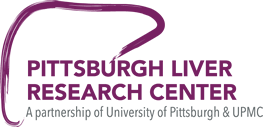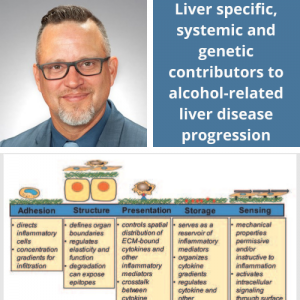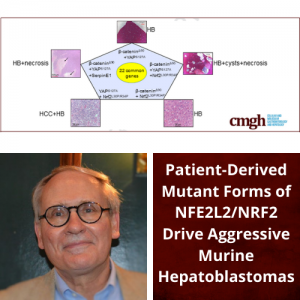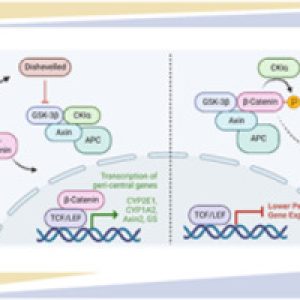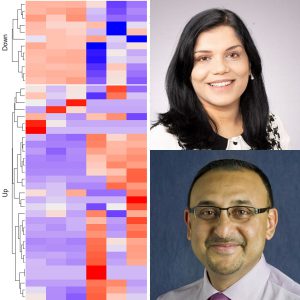
McKiernan P. (2017) Liver Transplantation for Hereditary Tyrosinaemia Type 1 in the United Kingdom. In: Tanguay R. (eds) Hereditary Tyrosinemia. Advances in Experimental Medicine and Biology, vol 959. Springer, Cham.
ABSTRACT: Fourteen children have undergone liver transplantation for hereditary tyrosinaemia type 1 (HT1) at Birmingham Children’s hospital (BCH) since 1989; six were treated prior to the availability of Nitisinone in 1993 and eight in the post Nitisinone era. Prior to 1993 essentially all children with HT1 were referred for transplantation. In the Nitisinone era only those with unresponsive liver failure or suspected malignancy were considered for transplantation. Those who were treated pre-emptively following newborn screening have no evidence of liver disease and none have required transplantation.Absolute patient survival is 86% for the whole group and 100% in the Nitisinone era. There has been a functional correction of the metabolic defect in all cases allowing a normal diet. Persistent renal succinylacetone production was universal but did not appear to have any clinical consequence. Renal function appeared better, and hypertension less common in those treated in the Nitisinone era.Outcome was poorer for those four children with established malignancy; one was unfit for transplantation and another developed a pulmonary metastasis, which was successfully resected.
For full text, please click here.
